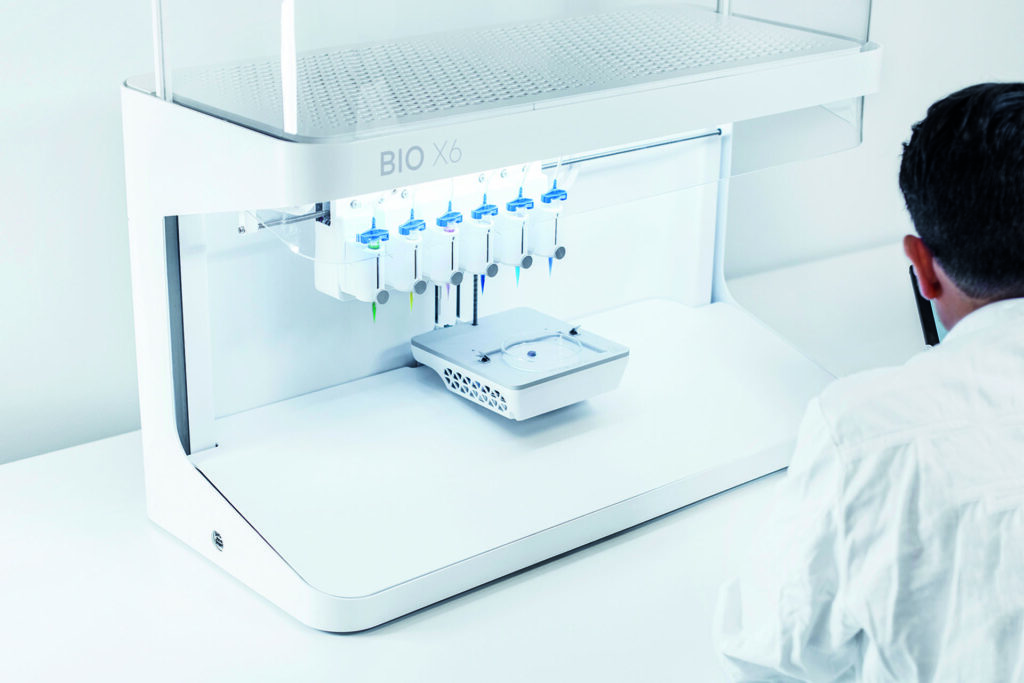Alternatives to Animal Testing
The ethics of animal testing have long been a topic of intense debate in the life science and cosmetics industries. Despite its longstanding use, concerns over animal welfare, biological differences between species, as well as cost and time efficiency have led to growing calls for alternatives. Initiatives like the 3Rs, to Replace, Reduce and Refine, have encouraged researchers worldwide to seek methods that minimize the need for animal testing.
But with pressure for change mounting, one critical question remains: What are the alternatives to animal testing?
The Problems with Animal Testing
Although animal testing has historically played a crucial role in life sciences, recent advancements in alternative methods allow us to critically examine its drawbacks.
Ethical Concerns
One of the primary concerns with animal testing is the ethical implications. This discourse generally focuses on the treatment and distress of the animals in lab settings. Animals in lab settings are often subject to invasive procedures that can cause suffering in the form of pain, stress and isolation. Factors which don’t only affect the animal’s welfare, but also the validity of the test result.
This testing is also done without the animal having an ability to consent, which raises further concerns as our understanding of the animal world and behavior increases.
Species-specific Differences
While animal testing does provide the ability to test within a fully biological environment, this environment is not identical to a human environment. This becomes an issue when research is looking to predict human biological responses. These differences occur in physiology, genetics and biochemical processes. While there are similarities as well, the differences may lead to failures in drug development and inaccurate safety testing.
Time Consuming and Costly
Observing the efficacy and safety of a substance within animals can take a lot of time, especially if the testing must occur across different animal species. As animals have to be housed, cared for, and ethical standards have to be met, animals also come with high maintenance costs. This cost scales up for large-scale animal testing operations.
Taking a look at more ethical and accurate methods
Given the concerns around animal testing, it’s crucial to explore alternatives that not only reduce harm to animals but also offer more accurate testing data. Replacing traditional animal models with advanced methods can lead to improved results and significant cost savings.
What are the alternatives to animal testing?
Alternatives to animal models include methods like 3D cell cultures and human tissue models, both of which can be achieved through 3D bioprinting. 3D cell cultures replicate human tissue more accurately than traditional 2D cultures, while human tissue models mimic real tissue for more species-relevant testing.

TeloCol-10 droplet-in-droplet model, showing the migration of breast cancer cells (MDA-MB-231 mCherry) into an outer droplet over the course of 9 days.
3D Cell Culture
Cell culturing has been a given part of testing workflows for a long time. After all, testing human cells’ reaction to a given compound is a good indicator of the compound’s promise, whether conducting toxicity studies on healthy cells or effects on diseased cells. However, 2D cell culture has its limitations in that it doesn’t fully mimic the cells’ behavior in a 3D environment, I.E. the human body.
In 3D cell culture, cells can interact with each other – as well as the surrounding environment (extracellular matrix) – in three-dimensional space. This allows for a higher degree of biomimicry, enhancing the relevance and reliability of experimental results. It allows users to better recapitulate tissue architecture, and 3D cell cultures often support longer-term culture and functionality of cells. This extended culture duration is particularly beneficial for studying processes that unfold over time, such as disease progression and drug responses.
As technologies such as 3D bioprinting and biodispensing have made 3D cell culture workflows easy, more and more academic and pharma researchers are shifting their testing into the third dimension.
Human Tissue Models
While 3D cell culture improves the physiological relevance of in vitro testing, human tissue models take it a step further. By combining multiple cell types into structured, functional units, these models better replicate the complexity of in vivo human tissues.
Engineered skin, liver, lung, cardiac and other tissues now allow researchers to assess drug responses, disease mechanisms, and toxicity with unprecedented accuracy. The models can incorporate key features such as tissue-specific architecture, mechanical properties and vascularization, making them more predictive of real-world effects.
With 3D bioprinting, making your own diseased or healthy tissue models is becoming more accessible. This means you can tailor your in vitro tissue models to your specific application. Another advancement in this space is organ-on-a-chip technology, where microfluidic systems house living tissue to simulate organ function under dynamic conditions. These chips introduce fluid flow, mechanical forces, and inter-organ interactions, allowing researchers to model complex physiological responses more effectively.
Because of this, human tissue models can be an excellent alternative and replacement to animal models, bridging the gap between cell culture and clinical testing.
3D bioprinted cardiac tissue, printed with the bioink CELLINK LAMININK 521 mixed with cardiomyocytes, after 7 days of culture.
The Future of Animal Testing Alternatives
As technology advances, alternatives to animal testing are becoming increasingly sophisticated and accessible. From 3D cell cultures to engineered human tissues and organ-on-a-chip systems, these models provide more accurate, ethical, and cost-effective solutions for drug development and biomedical research.
With regulatory bodies and industries pushing for non-animal testing methods, the adoption of 3D bioprinting is growing rapidly. 3D bioprinting offers a human-relevant approach that reduces reliance on outdated testing methods, paving the way for more predictive and reliable results.
The transition is already happening, and embracing human in vitro models isn’t just an alternative – it’s the future of biomedical research. As innovations in 3D bioprinting continue to evolve, it will play a key role in replacing animal testing.
Are you moving away from animal testing?
If you are seeking alternatives to animal testing, book a demo here to explore the promise of 3D bioprinting.





